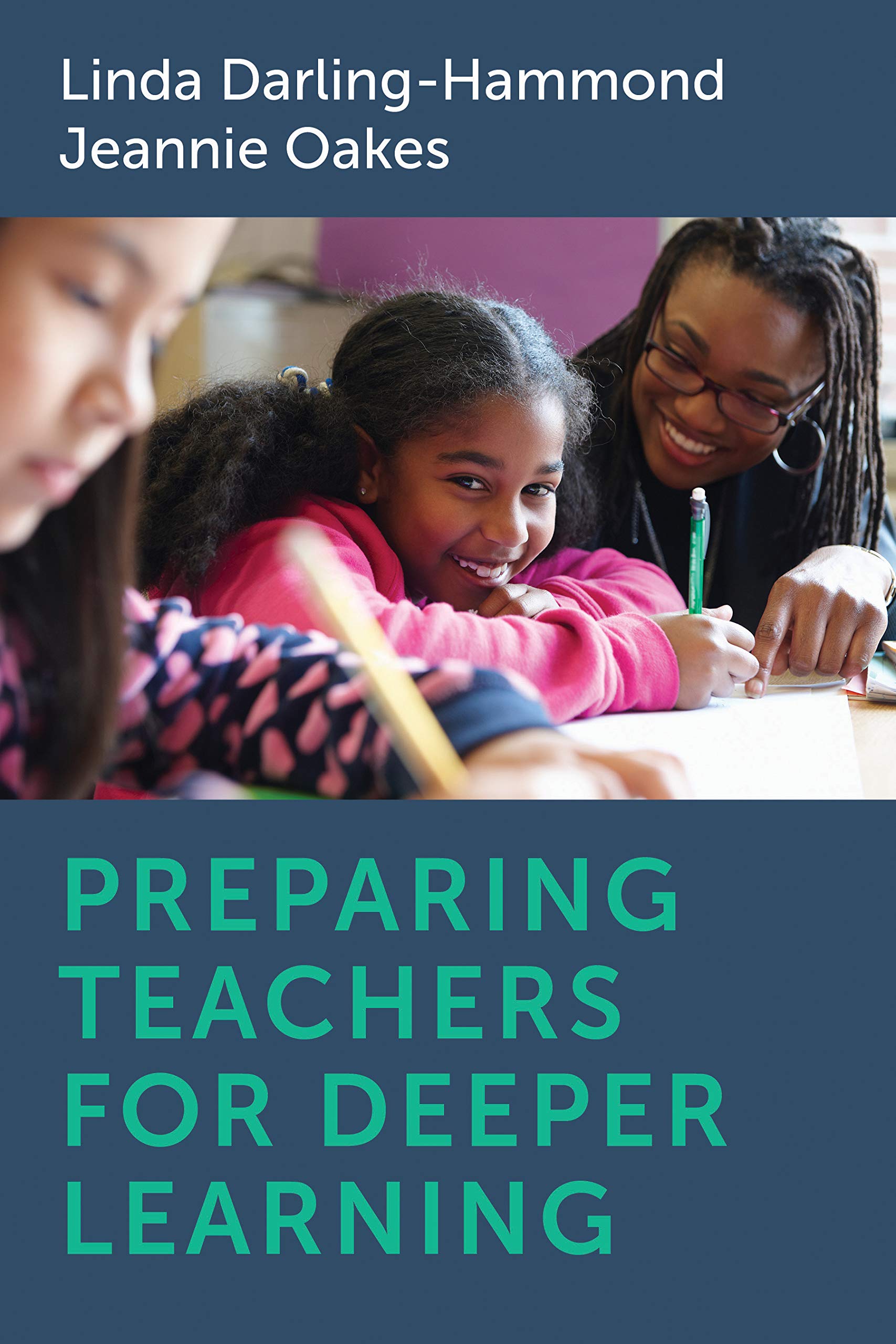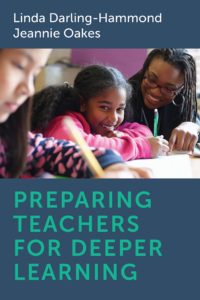

The book profiles seven teacher preparation programs that differ in size, geography, and type of institutional home, but which are all extremely successful in preparing teachers to teach diverse learners. It concludes by discussing institutional supports and policy changes that could be implemented affordably to support better teacher education. There is a growing need for teachers equipped to prepare children for the societal challenges and increasingly knowledge-based economy children will face. As such, this incisive and sophisticated book is essential for individuals interested in building or improving teacher training programs and may be of interest to researchers or educators thinking about how to support teacher development.
Darling-Hammond and Oakes are past presidents of the American Educational Research Association, authors of multiple books, and professors emeriti at Stanford University and University of California, Los Angeles, respectively. Darling-Hammond currently serves as President and CEO of the Learning Policy Institute and as President of the California State Board of Education; Oakes is a senior policy fellow at the Learning Policy Institute. They, with 8 additional authors, state that skilled teachers support students in developing cognitive, social-emotional, and moral/ethical capacities. Skilled teachers help students build critical thinking skills by drawing on prior knowledge and organizing and applying new knowledge. Great teachers teach students how to manage their own thinking and learning.
Each of the profiled teacher preparation programs has a clear mission that guides every aspect of what they do. Through interviews, observations, surveys, and document reviews, the authors determined that the programs make the student-teachers’ preparation process an exercise that itself involves deeper learning. The teacher preparation programs they profile integrate coursework and clinical work, require action research, build collaborative learning communities, provide school-based mentors, and assess progress authentically. The programs require their student-teachers to learn about the children they teach, learn the content and curriculum that they teach, and learn to teach considering both their curricular goals and their learners’ developmental and social contexts.
Darling-Hammond and Oakes draw on great theorists’ ideas (e.g., Rousseau, Dewey, Montessori, Vygotsky) to discuss several dimensions of deeper learning and implications for how teachers teach. They argue that learning should be developmentally appropriate. Teachers should recognize students’ varying needs and strengths, build strong relationships, and make students feel secure and valued. They urge also that, given that people learn by connecting new information with existing knowledge, curricula should be designed to connect to students’ lived experiences. Teachers can do this through project-based learning experiences, for example.
For students to transfer what they learn they need to build conceptual understanding. Teachers should assess students’ attempts at authentic transfer to contexts that matter to the students. Because people learn through their interactions with others, students should build understanding with peers. Teachers can guide these collaborative learning exchanges rather than merely delivering knowledge to students.
Given that the majority of public-school students come from low-income homes and that there is great inequality in society, schools have become the frontline for defending democracy. Strengths-based deeper learning can help correct societal inequities. To support teachers in teaching for deeper learning preparation programs should have a clear equity focused mission. The institutions that house teacher preparation programs should prioritize teacher preparation by dedicating resources to staffing, so that student-teachers can build strong relations with mentor-teachers and partnering schools. States can implement policies to improve teacher preparation and student learning with minimal long-term cost. Darling-Hammond and Oakes suggest that such policies might include offering funding to improve teacher preparation programs and basing teacher preparation program accreditation on student-teachers’ performance. Federal policies like scholarships or loan forgiveness for teacher candidates could also improve the pipeline of new teachers. Additionally, strengthening teaching standards, investing in clinical training opportunities for teachers, and placing strong teachers in high-need communities would improve significantly students’ learning.
This book illustrates with vivid examples that we know how to provide high-quality education and how to train teachers to deliver it. Nonetheless, few students are engaged in deeper learning. Preparing Teachers for Deeper Learningoffers a critical guide for policymakers, educators, and researchers about how to improve the way we prepare teachers, and in turn students, in our country.
Darling-Hammond, L. & Oakes, J. (2019). Preparing Teachers for Deeper Learning. Cambridge, MA: Harvard Education Press




